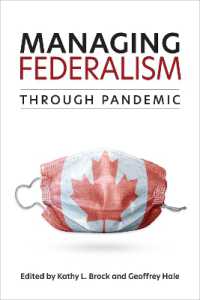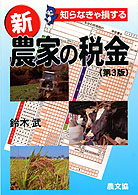- ホーム
- > 洋書
- > 英文書
- > Business / Economics
Full Description
Human Resources are the most important resource that a firm commands and should be regarded as capital, a factor of production in which managers invest today in order to realize future profits. This book deals with the strategic implications of Human Resource Management as an important strategic asset and emphasizes its importance within the overall strategy of the firm. The book covers issues such as job design, evaluation, recruitment, training, career concern, and outsourcing and downsizing. The linkage between the various pieces of HRM policy are stressed and how the policies are related to management issues such as TQM, just--in--time manufacturing, and others. The book is aimed at the general manager, not the HRM practitioner and it stresses conceptual frameworks, not procedural methodology.
Contents
aeo Introduction aeo The Five Factors aeo Consistent HR Practices: The Whole Can Be More Than the Sum of the Parts aeo Employment and Economics aeo Employment as a Social Relation aeo Voice: Unions and Other Forms of Employee Representation aeo Employment, Society, and the Law aeo Internal Labor Markets aeo High--Commitment HR aeo Performance Evaluation aeo Pay for Performance aeo Compensation Systems: Forms, Bases, and Distribution of Rewards aeo Job Design aeo Staffing and Recruitment aeo Training aeo Promotion and Career Concerns aeo Downsizing aeo Outsourcing aeo HRM in Emerging Companies aeo Organizing HR Appendix A: Transaction Cost Economics Appendix B: Reciprocity and Reputation in Repeated Interactions Appendix C: Agency Theory Appendix D: Market Signaling and Screening






